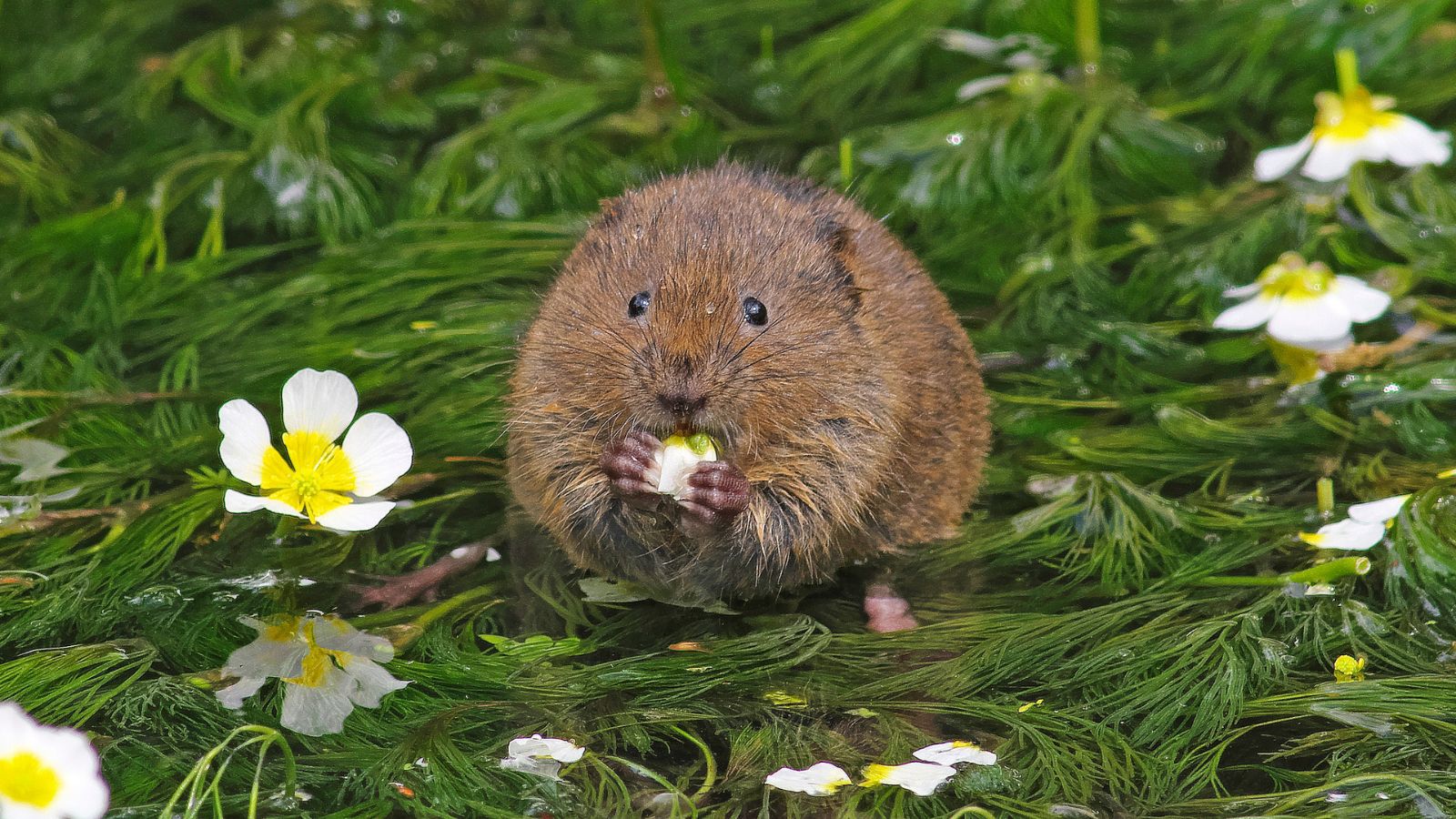
Concerned you have an unwelcome vole (or family of voles) in your yard? If you've noticed burrows, runways, or damage to your lawn – including the consumption of a variety of plants, such as vegetables, grains, seeds, and even the live bark on trees – you're likely dealing with these pesky rodents.
Early detection is crucial, as a single vole population can multiply rapidly. Female voles can give birth to multiple litters each year, with up to three breeding cycles annually.
If you're looking for ways to get rid of voles, you'll find that, just as getting rid of gophers or moles in your yard, taking the right steps needn't mean resorting to toxic chemicals – our pest experts share natural, effective methods below.
How to identify voles in your yard
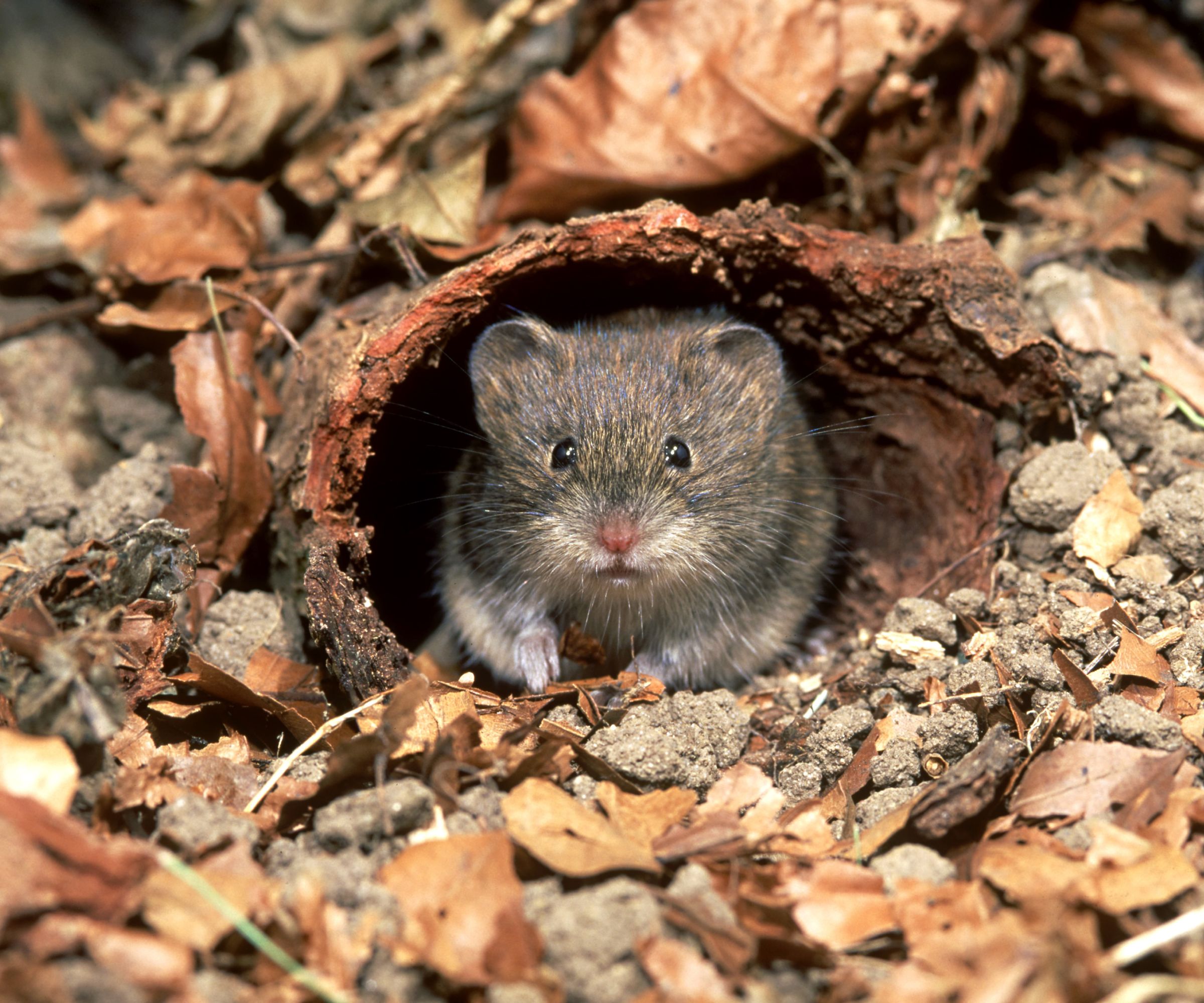
Voles are primarily active at dawn and dusk, so you’re unlikely to see them during the day. One of the first signs that you might have a vole problem is the appearance of shallow, worn-down runways in your grass.
'Unlike moles, voles don’t leave large dirt mounds behind,' says Brad Guerrera, owner of Expert Pest Control. 'Instead, they create small trails right on the surface that lead to tiny burrow openings.'
Voles are also known to gnaw on the bark at the base of trees and shrubs, especially during the winter months when food is scarce. 'If you start noticing plants mysteriously dying from the roots up, gnawed tree bark, or spongy, unstable ground, it's likely that voles are tunnelling through your yard,' adds Brad.
1. Remove any attractants
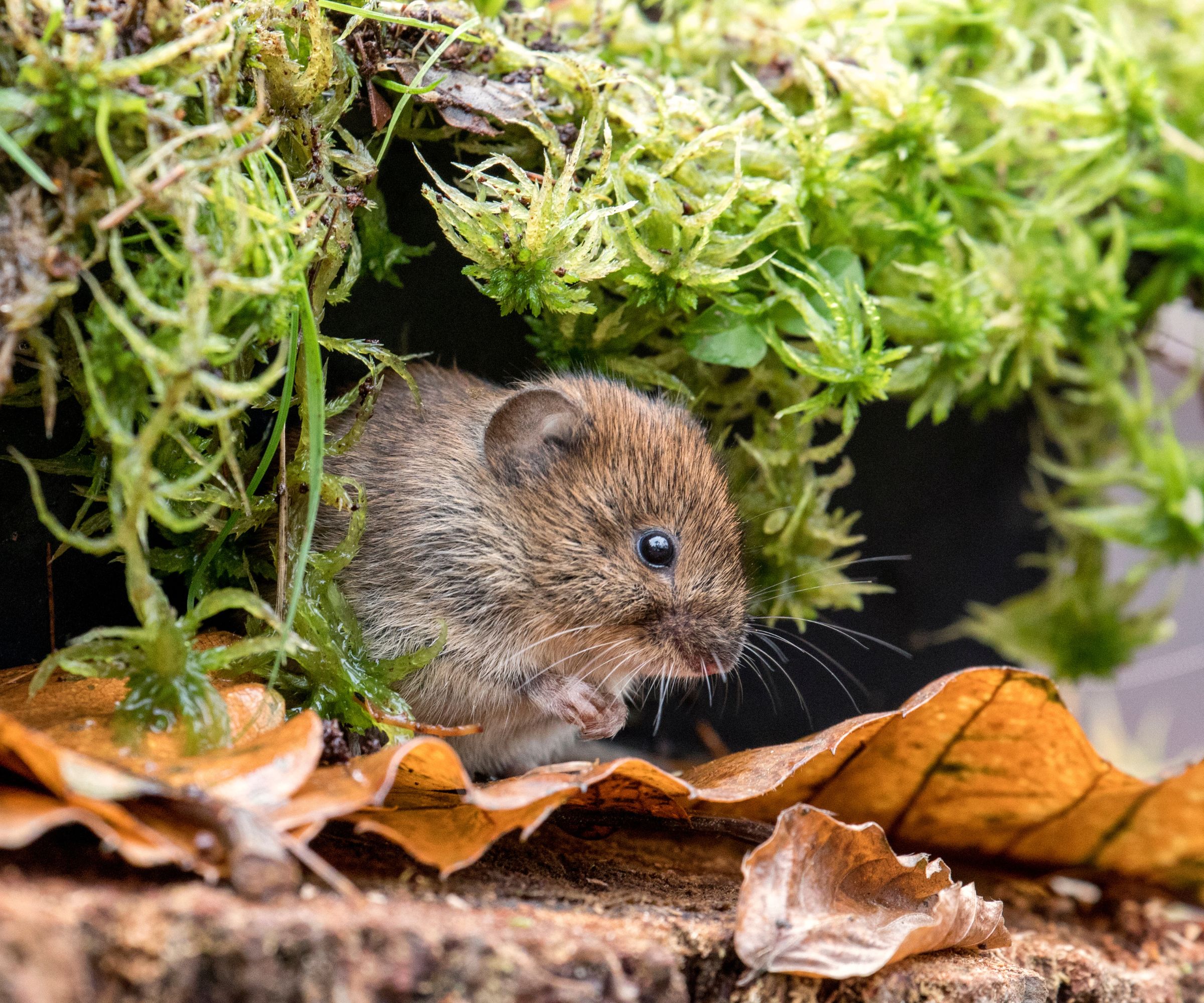
Keeping voles away from your yard and preventing their return is all about maintenance – removing any food sources or shelter that might attract them.
David Castro, ACE Technical and Training Manager for Viking Pest Control, explains, ‘Like all small animals, voles prefer environments with overgrown vegetation and a lot of ground cover. This provides them with protection from predators such as foxes and owls.’
To make your yard less appealing to voles, maintain a clear, well-kept space. Be sure to trim your grass and remove piles of debris to eliminate potential hiding spots. The lack of overhead cover will make them feel unsafe, encouraging them to seek out more sheltered environments elsewhere.
2. Use barriers to vole-proof your yard
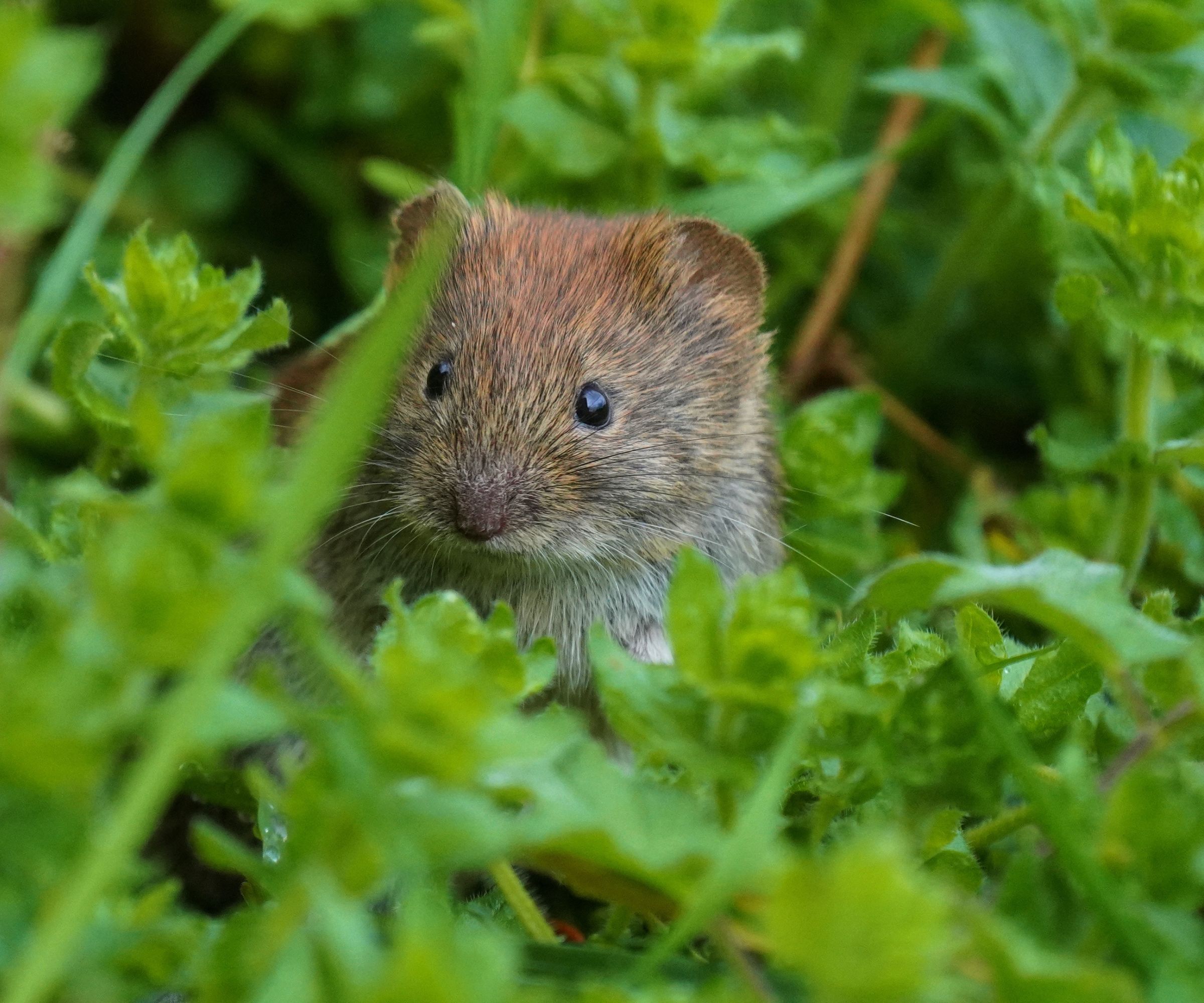
‘An excellent way to keep voles from damaging your garden is to physically exclude them from the area,’ advises David Castro.
‘A barrier made of ¼ inch hardware cloth or metal flashing 12 inches high and buried 6 to 12 inches into the ground should be sufficient to keep voles away. Burying the barrier will prevent the voles from burrowing underneath it. This can be installed as a fence around the whole garden or around individual crops and trees that are at risk.’
If voles are infiltrating your garden, you can also wrap tree bases in hardware cloth, while burying mesh around plant roots can prevent them from causing damage. This ¼ inch galvanized hardware cloth in a 36 x 100 ft roll is Amazon’s overall pick.
Additionally, adding a gravel or coarse mulch barrier – such as this Timgle fiber mulch roll from Amazon – around flower beds also makes it harder for them to burrow.
3. Repel voles with scents
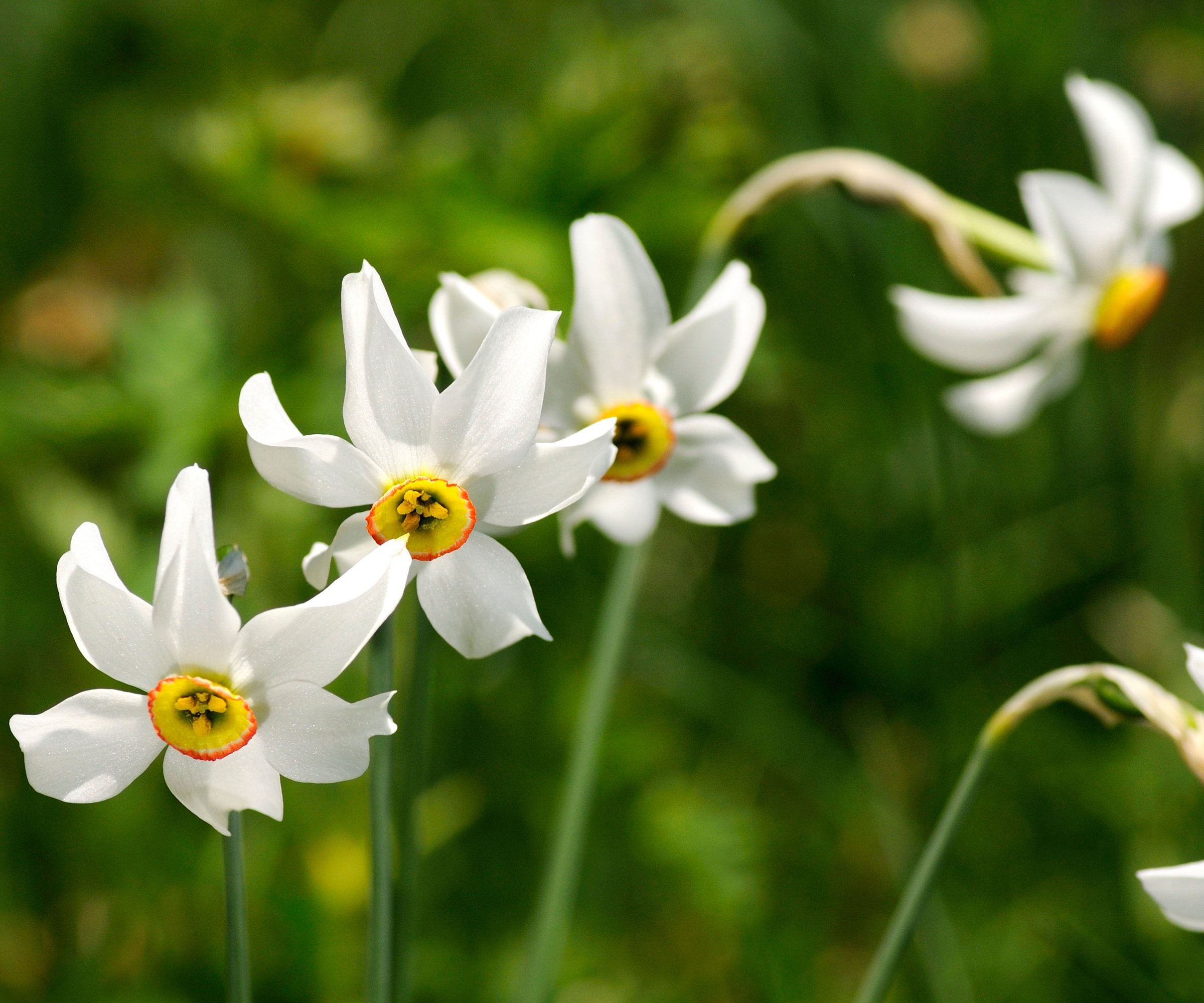
Voles rely heavily on their sense of smell to find food and navigate their environment, making strong odors an effective way to deter them.
Using castor oil, ammonia, cinnamon, coffee grounds, cayenne pepper, or peppermint around burrow openings can make your garden unappealing to voles.
Castor oil, available at Walmart, is especially useful and safe for grass. To create a castor oil deterrent, mix one part castor oil with three parts water and spray the mixture along vole runways, tunnels, and garden edges. Reapply the solution every few days or after heavy rain to maintain its effectiveness.
Additionally, Tony King, pest control expert and founder of The Piper Pest Control Co., recommends using pest-repellent plants: ‘Landscaping using vole-resistant plants like daffodils, fritillaria, or garlic can naturally deter voles from settling in your garden.’
Similarly, if you're tackling a mice issue, there are mouse-repellent plants that can help effectively deter these pests, too.
4. Use live traps to safely remove voles

'Voles can be removed from an area by trapping,’ says David Castro. ‘This is often more effective in fall and winter when their population is low. If there are large numbers of them on the property, attempting to catch and remove all of them may be difficult and time-consuming.
'When live-trapping voles, make sure you use the smallest size traps designed for mice, as voles can escape the larger squirrel and raccoon-sized traps.’ We recommend these humane live vole traps from Amazon.
Exterior traps can be covered with a section of rain gutter, a cardboard box, or a pre-made enclosure and placed near the burrow entrances. Live traps are most effective when positioned along vole runways and baited with peanut butter or apple slices.
That said, be mindful of local laws surrounding trapping. 'Many areas have specific regulations regarding trapping and relocating animals,' warns David Castro. These laws vary by state and may include guidelines on who is allowed to trap wildlife, how far animals can be moved, and where they can be released.
Always check with local authorities to ensure compliance with the rules. Additionally, never handle wild animals with your bare hands, as they can carry diseases.
By using the right traps and following proper procedures, you can effectively manage and remove voles from your yard, ensuring a healthier, pest-free environment. Be sure to seek the assistance of pest control professionals who deal with the removal of voles if you are unsure.
5. Encourage natural vole predators to your yard
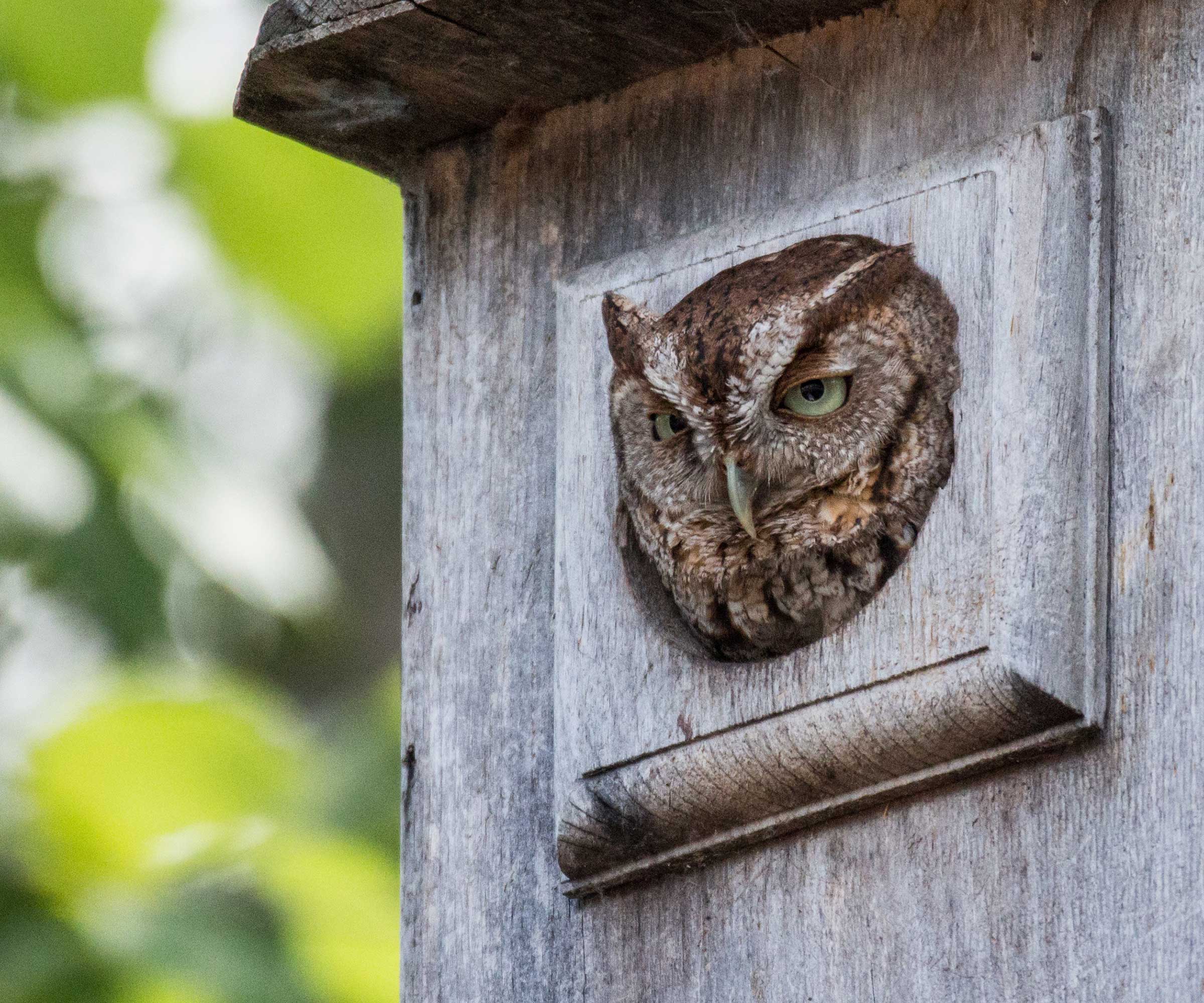
Another effective, long-term method to control vole populations is by encouraging natural predators to visit your yard. 'Natural predators like owls and hawks help keep vole numbers in check,' says Brad Guerrera.
If you're looking to attract owls to your yard, this Screech Owl Box from Amazon is a great option, providing an inviting home for owls. By creating a welcoming environment for these natural predators, you can promote a balanced ecosystem and keep vole numbers down without relying on traps or chemicals.
While this method takes time, over the long term, it can significantly reduce the need for other control measures.
FAQs
Which common vole control methods aren’t always effective?
David Castro notes that some products marketed as vole repellents are not always effective. ‘Two of the most common are ultrasonic devices and repellent sprays.
'Ultrasonic repellent devices are marketed for a wide variety of pests, but there is no evidence that they have any effect, [and were] plugged into no benefit.
‘Repellent sprays usually use capsaicin as the primary active ingredient. They are very inconsistent in their effectiveness. In some cases, they have worked very well, but in others, they have not made any difference.’
How can you distinguish voles from mice?
Voles may resemble mice in appearance, but there are key differences that can help you tell them apart. ‘Where mice are often sleek with pointed snouts and long tails, voles are generally stockier, with a blunt, rounded snout and very short tail,’ explains David Castro.
‘They are usually dark brown to black in color, whereas mice are usually gray to light brown. Unlike mice, voles do not commonly enter houses and other structures. They prefer to burrow in the ground and only enter buildings if there is a preexisting opening at ground level. Voles are poor climbers and not prone to chewing holes through building materials.’
Keep an eye on what may be attracting voles to your yard, as these factors can also encourage other pests to settle in. Just as when deterring stray cats from your yard, addressing pest-friendly factors, such as overgrown vegetation, accessible food sources, and shelter, can help create an environment that's less inviting to voles and other unwanted pests.







